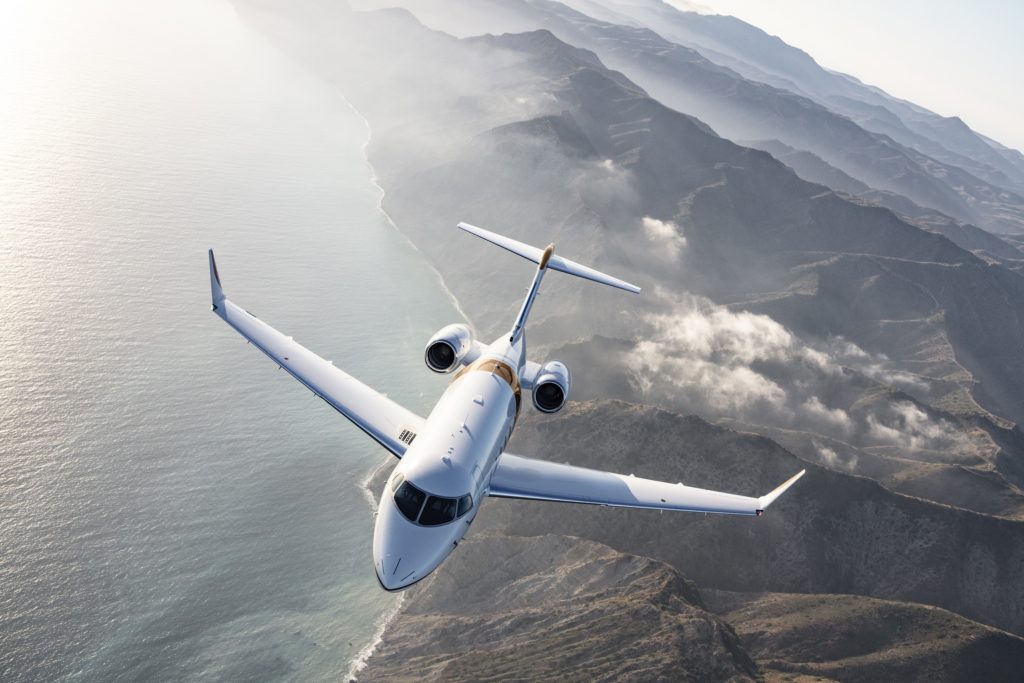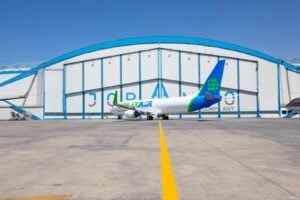Honeywell has published its 33rd annual Global Business Aviation Outlook, offering insights into industry trends and long-term developments based on extensive surveys of business aviation operators worldwide. The forecast predicts the delivery of up to 8,500 new business jets, valued at US$280 billion, over the next decade, an increase in value from last year. However, the five-year purchase plans of operators remain consistent with previous results, indicating that demand for new aircraft is stabilising at levels well above those seen before the pandemic. Business jet manufacturers are expected to ramp up production due to strong backlogs and stable book-to-bill ratios, a trend projected to continue through 2024.
New jet deliveries in 2025 are forecast to be 12% higher than in 2024, with expenditures expected to rise by 11%. Large jets will account for the majority of these expenditures, with 90% of operators expecting to fly more or the same amount in 2025 compared to 2024. The report also highlights that “performance” is the top priority for 82% of operators when purchasing new aircraft, followed by cost at 60%.
The business aviation industry is transitioning from the rapid growth seen during the COVID-19 pandemic to a more stable growth environment, characterised by elevated production and flight activity levels. New aircraft models are driving increased demand, and flight activity is expected to grow further in 2025, particularly among high-utilisation operators. Fractional operators, who provide shared ownership of jets, are benefitting from new customers and traditional operators seeking to supplement their operations.
Regionally, North America will account for 66% of new jet deliveries over the next five years, consistent with historical trends. Thirty percent of North American respondents expect to fly more next year, maintaining strong demand. In Europe, new jet deliveries will comprise 13%, slightly lower than last year, likely due to sustainability concerns and alternative transport options. Latin America is seeing increased optimism, with operators expecting to account for 10% of deliveries, a five-percentage-point rise from 2023, driven by strong growth in Brazil. In the Asia-Pacific region, deliveries will make up 7%, with flight activity rebounding after pandemic-related declines, especially in Australia. The Middle East and Africa, however, will see a decline, accounting for only 3% of new jet deliveries, due to reduced flight activity, likely influenced by regional conflicts.
The market for pre-owned aircraft is stabilising after record-low inventory levels in 2021 and 2022, though prices remain strong. Sustainability remains a key focus, with 85% of operators identifying new, fuel-efficient aircraft as the most effective way to reduce environmental impact. However, only 60% of those proactively addressing carbon footprints are adopting this approach, with cost and fuel availability being significant barriers to the use of sustainable aviation fuel.


































